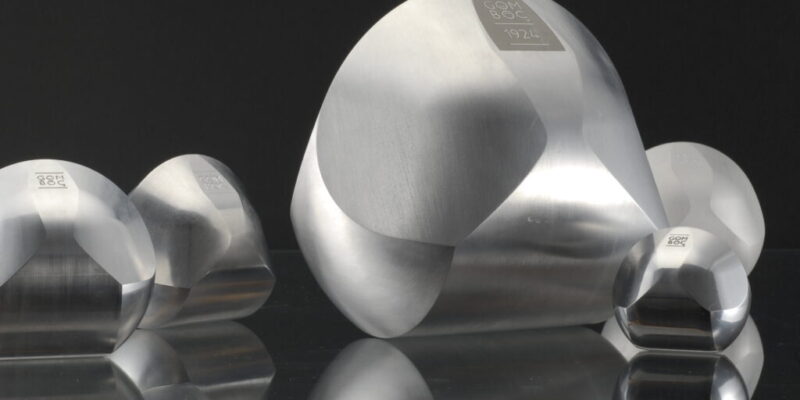Previously on the Kluwer Trademark Blog
We have amply reported about the Gömböc case before. If you have missed the previous episodes, you may read our post on the request for a preliminary ruling to the CJEU by the Kúria, the Supreme Court of Hungary, and our contribution about the preliminary ruling of the CJEU (C-237/19).
Ruling of the Kúria
The Kúria has now taken its decision on the Hungarian 3D trademark application that started the fire. The fate of the Gömböc 3D trademark application followed that of its namesake, the legendary Head Cheese of a Hungarian folk tale that devoured too many people and then burst in the end (watch in Hungarian): the 3D mark was refused for all goods, namely decorative objects (class 14 and 21) and toys (class 28) (number of the decision: Pfv.IV.21.140/2020/8.)
Substantial Value
Regarding decorative objects in classes 14 and 21, the CJEU had ruled that the substantial value provision “may be applied if it is apparent from objective and reliable evidence that the consumer’s decision to purchase the product in question is to a large extent determined by that characteristic” (paragraph 47).
The applicant argued that the value of the Gömböc indeed stems from factors that lie beyond its shape: its origin and its creators. There is no objective and reliable evidence showing that its value comes from its mere shape (see also the Advocate General’s opinion in Louboutin C-163/16).
However, the Kúria ruled that “consumers consider the Gömböc product as an answer given to a question of mathematics, a theoretical science, which became tangible in this object, and want to buy and have it due to its importance in the history of science”. Based on Hungarian and international articles, it concluded that “the consumers’ decision to buy a Gömböc is to a large extent determined by a fundamental feature: the historical and symbolic value of the shape”. One may wonder whether this is in line with the statement of the CJEU whereby a value that derives from factors outside or beyond the shape such as the history of its creation or the identity of its creators must not be taken into account when assessing essential value.
Technical function
Regarding the question of technical functionality, the CJEU emphasised that whether the essential characteristics of the shape perform a technical function must be judged based on objective and reliable sources and may not include the perception of the relevant public.
The applicant explained that the assumption that the shape was necessary for the Gömböc to self-right was based on some consumer’s apparently false understanding of the meaning and purpose of the shape rather than on objective and reliable evidence. The Gömböc’s shape was not conceived in order to create a self-righting object, but to prove that there can be an object that has only one instable point of equilibrium besides its single stable point of equilibrium.
Nevertheless, the Kúria ruled that the information included in the newspaper articles on the creation of the Gömböc filed before the Hungarian IP Office provided sufficiently objective and reliable information to draw the conclusion that the shape served the purpose of self-righting, which in turn enabled the object to function as a toy. Therefore the shape was found necessary to achieve the technical result, regardless of the issue of equilibrium points.
Epilogue
The imaginary Gömböc of the folk tale burst and ended its journey in a ditch. On the other hand, the Gömböc trademark application will definitely not vanish into oblivion. In fact, its mere existence and wide-spread discussion has boosted the recognition of this unique and revolutionary creation, its creators Peter Varkony and Gábor Domokos, and – last but not least – helped in further refining a number of interesting aspects of shape mark protection. And in practical terms, to create a Gömböc shape that “works” (i.e. that has only one stable point of equilibrium and one instable one) is technically so challenging and requires so much precision that the risk of massive copying by third parties appears limited.

[The author has represented the applicant before the authorities.]
[Pictures (c) Gomboc.eu // Fortepan / Heinz Bachmann]
_____________________________
To make sure you do not miss out on regular updates from the Kluwer Trademark Blog, please subscribe here.



